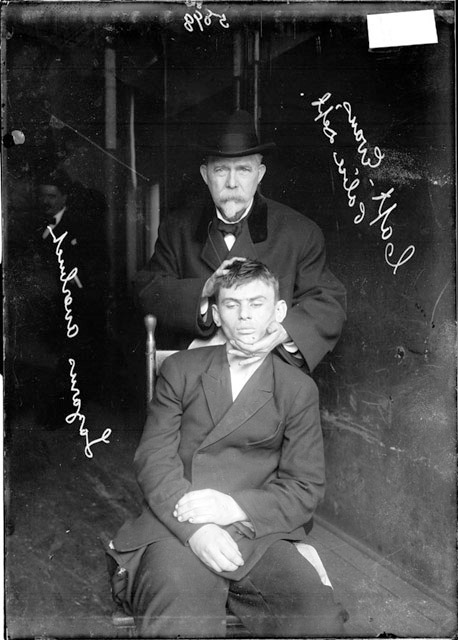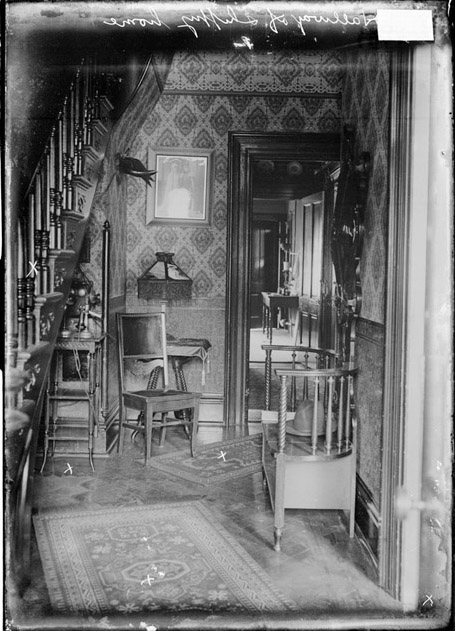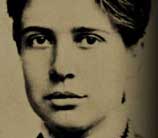The killing of Lazarus Averbuch by Chief of Police George Shippy in 1908 brought together as victim and defendant a poor Russian Jewish immigrant, suspected of being an anarchist, and a Chief of Police with little patience for any radical political agitation, of the kind associated with anarchists. Mysteries remain as to the identity and allegiances of the victim, why he had come to the residence of the Chief of Police, and the motivation of the Police Chief and the credibility of his explanations for the killing of Averbuch.
The Averbuch case captured public attention because of the heightened concern about anarchists generally, in Chicago and in the nation as a whole, and because the account of the shooting given by the Chief of Police was contradictory. The case is the subject of a book: Walter Roth and Joe Kraus, An Accidental Anarchist (San Francisco, 1998), and a scholarly article: A. James Rudin, “From Kishinev to Chicago: The Forgotten Story of Lazar Averbuch,” Midstream, vol. 18, no. 7 (Aug./Sept. 1972).
Newspaper stories immediately raised questions about the circumstances of the shooting. The victim’s sister, Olga Averbuch, was interrogated and jailed for no reason after the killing. Although there was little proof beyond a suggestion because of his ethnic identity that Averbuch might have been an anarchist, the well known champion of anarchism Emma Goldman became involved and led the police on a merry chase after they banned her from speaking in public about the case.
Harold Ickes, then a recent law school graduate, took up the cause. A Coroner’s inquest exonerated the Chief of Police and his son, leaving many puzzling circumstances, such as the disappearance of Averbuch’s body, unexplained.



